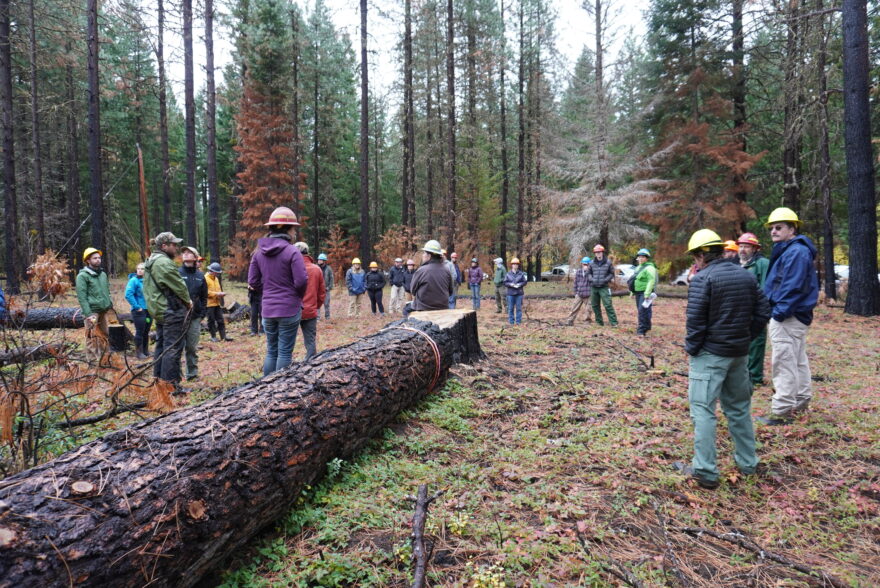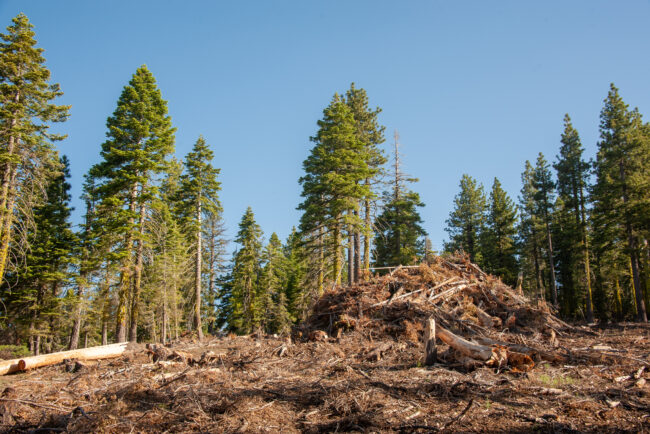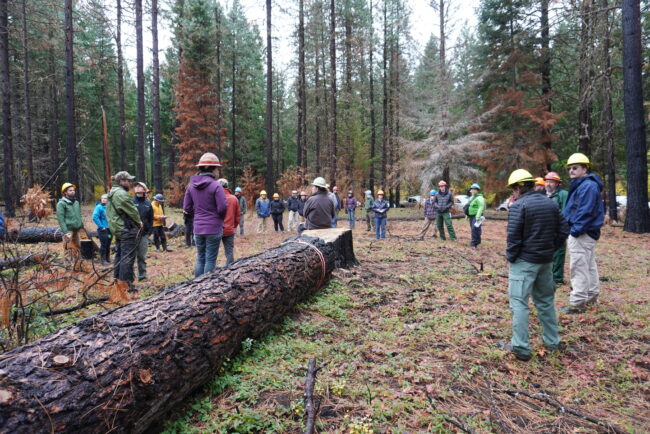Forest Finance Unlocks Opportunities for Rural Communities: Exploring the Triple Bottom Line Impacts of the Forest Resilience Bond Model


The Forest Resilience Bond (FRB) is a financial tool that enables private investment in forest enhancements on public land. The FRB promises to accelerate the pace and scale at which critical work to restore the health and functioning of the nation’s forested landscapes is undertaken. It does so by engaging private capital to cover the upfront cost of activities to improve forest health and by bringing together stakeholders that benefit from this work to share in the cost of reimbursing investors over time. These beneficiaries sign contracts that jointly cover the project cost plus a modest return to investors, meaning that no one stakeholder shoulders the burden of repayment alone. The result is a collaborative finance model that yields clear ecological, social, and financial returns.
While perhaps less obvious, the FRB model also unlocks opportunities for positive social impact in rural communities across the country. In addition to the direct impact of job creation, FRB projects can catalyze infusions of capital into rural areas by sending signals to the market that there is a steady supply of raw material to fuel forest-based industries. Against a backdrop of declining rural prosperity, this article envisions how the FRB could play a role in assisting rural areas—especially those with historically forest-based economies—transition to a more resilient ecological and economic future.
Publication: Federal Reserve Bank of San Francisco, Community Development Innovation Review
Authors: Nathalie Woolworth and Zach Knight
Reports & Resources
Related Reports & Resources
View all-

Research Papers & Reports
02.08.23
Financial analysis of innovative wood products and carbon finance to support forest restoration in California | Forest Products Journal
-

Other Resources
10.17.19
Forest Finance Unlocks Opportunities for Rural Communities: Exploring the Triple Bottom Line Impacts of the Forest Resilience Bond Model | Federal Reserve Bank of San Francisco